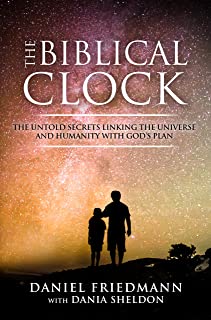Not too many years ago many individuals
across the country had their own home gardens. In the years since
then open land has become less easy to come by. Now, most people rent
or can only afford to buy a house in an area with small or no yard.
This has them thinking that having their own garden is out of the
question. That is not the case though. The following are just a few
ideas on creating a garden where there is a limited area:
- Make your garden vertical. If you have a small yard with a fence then why not use the fence for the garden? You can have brackets attached to it to hold flowerpots, have boxes built on it to grow your flowers or vegetables, or grow climbing plants. If you don't have a fence then could try making a step pyramid of wooden squares.
- Make indoor terrariums. To accomplish this you can use just about anything already laying around the house. A jelly jar could be used for growing herbs, a cleaned out whipped topping tub make a good planter, or even a plastic milk jug with the top cut off. You want to make sure that any of these items is washed clean. In the case of a plastic milk jug you could cut off the top and poke a few drain-holes in the bottom and you have a planter deep enough for vegetables. Just make sure you place it on something to catch the water that drains out.
- Add planter boxes to existing areas. Most of us have seen an old movie or television show where there are planter boxes attached to the outside of a window ledge. These can be great for a garden area. Just make sure the boxes are well secured. Other places to add boxes would be patio furniture like benches, chairs, or even picnic tables.
